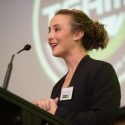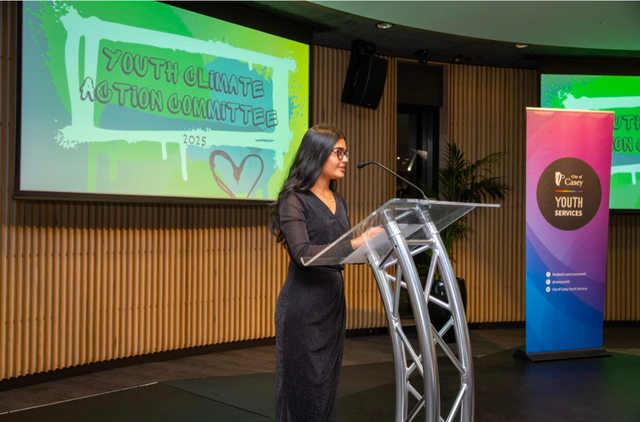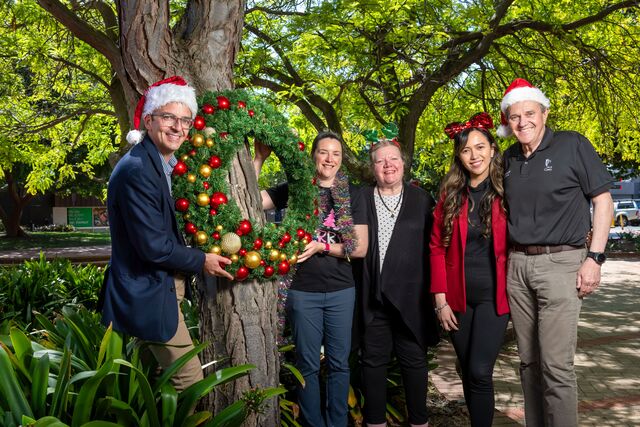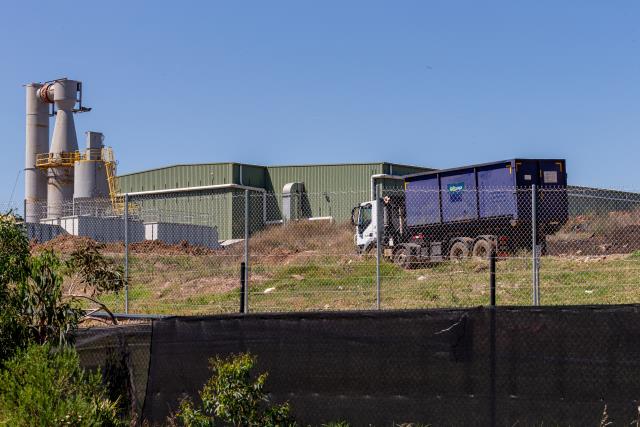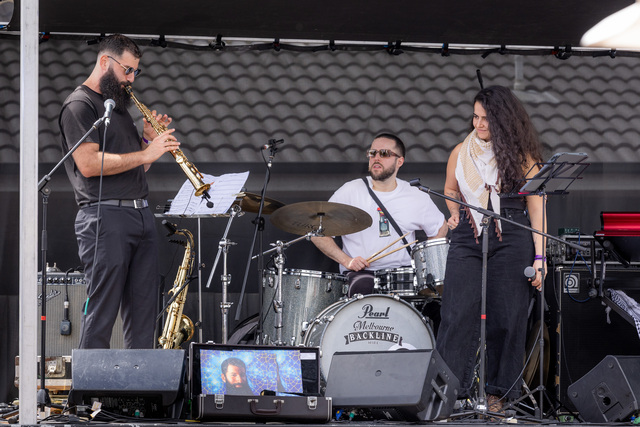The Community of Melbourne’s booming southeast echoed their desire for an A-League Club at a special event held in Dandenong last Thursday night.
Representatives from more than 50 local football clubs unanimously backed the launch of Team11, the official name given to the community’s bid to bring the 11th A-League Club to the region.
It follows the signing of an historic Memorandum of Understanding last month between the Greater Dandenong City Council, City of Casey and Cardinia Shire Council, which paves the way for a new A-League, W-League and National Youth League Club to be established in the region.
Attended by the Premier of Victoria, Daniel Andrews MP, as well as local football administrators, players and legends, community groups and businesses, the event articulated the vision of an A-League Club in south-east Melbourne.
State Member for Dandenong, Gabrielle Williams MP, said that unlike other metro regions in Victoria, the south-east has no elite representation in any major football code, and this needs to change.
“Soccer is far and away the most popular sport in what is the most populous region in the state,” she said.
“Greater Dandenong is the most multicultural region in Victoria, and among the many wonderful things our migrant communities have brought to Australia is the love of soccer.
“The broader region is home to 1.24 million people and is one of the fastest growing populations in the country, and we cannot forget that our outer south-eastern suburbs are the gateway to Gippsland, opening up a greater potential fan base through the broader south-eastern region.”
Attendees heard from Casey Comets FC President Dawn Stone and Berwick City FC Joe Di Iorio talk about the type of Club envisioned for the south-east. Key features included:
· Youth teams will recruit players primarily born in the south-eastern suburbs of Melbourne and/or played for local clubs
· 50 per cent of the women’s squad will be made up of players born in the region and/or played for a local club
· The A-League squad will have a minimum of three spots reserved for players who have come up through the youth teams and/or played at local clubs
· A Club ownership model which gives equal weighting and voting powers to private investors and the community, represented by local clubs, local councils and the Club’s paying members.
“This is a Club that has had its foundations and ideals built by the local community and intends to stay true to these forever, regardless of the ownership structure,” Ms Stone said.
Plans for a stadium and training facility were also unveiled at the event.
“Our Club envisages playing out of a boutique stadium in the heart of Dandenong with an initial capacity of 10,000 seats. But with the demand for tickets expected to be great, the stadium will be built with a view to easily expand in the years to come.”

